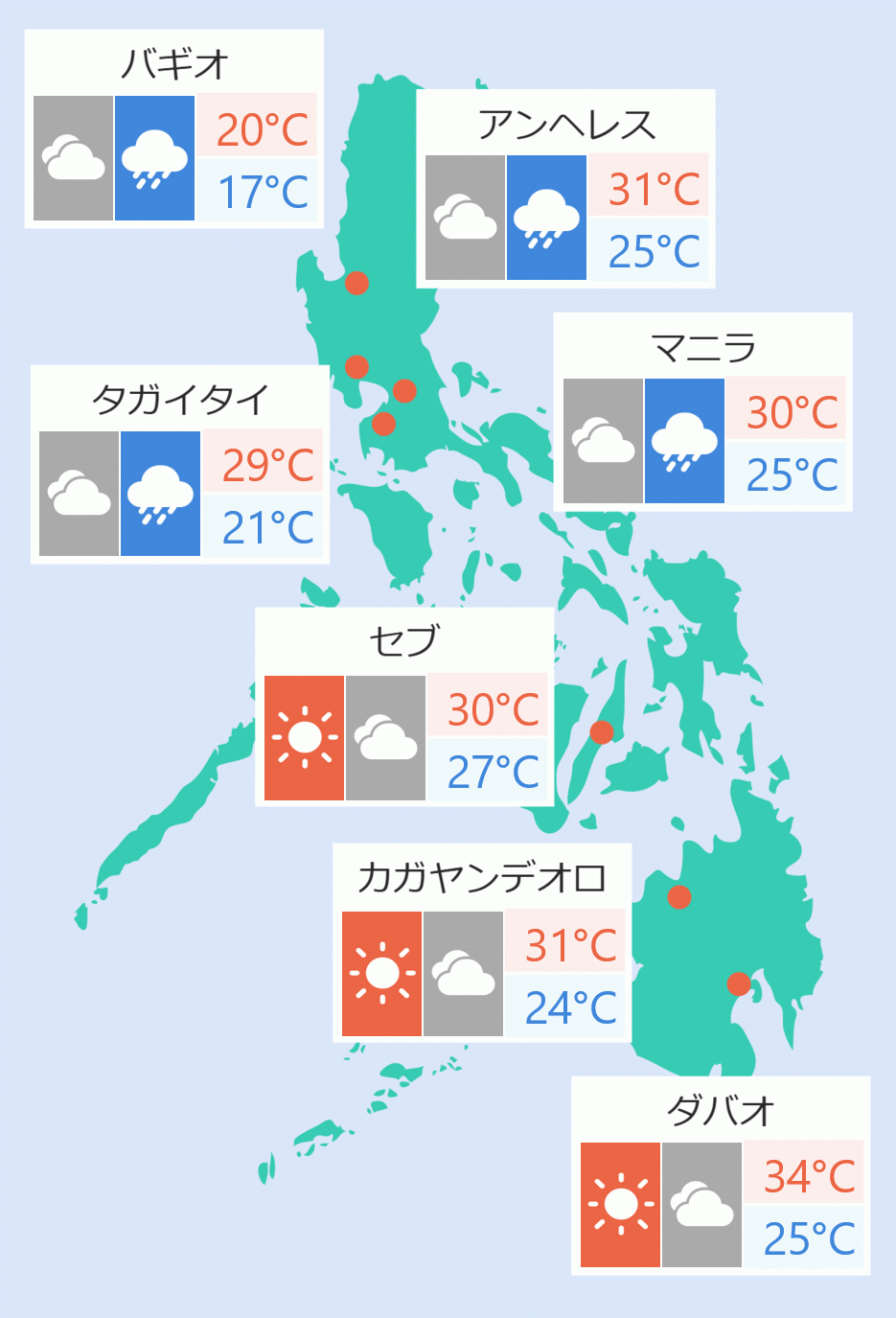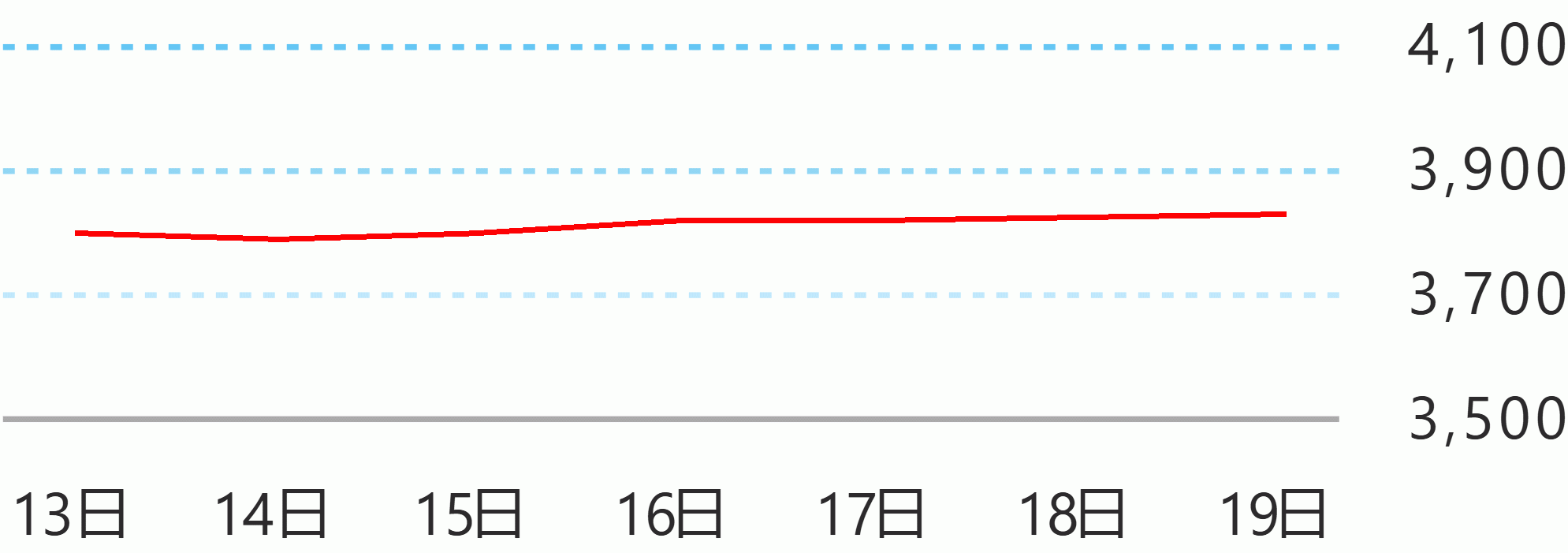The Philippine economy is expected to grow by "at least 4.5 percent" this year and 5.5 percent next year, according to Asian Development Outlook 2021 released on Wednesday.
Gross domestic product last year fell by 9.6 percent amid the global coronavirus pandemic.
"The Philippine economy is on the road to recovery," said Kelly Bird, ADB country director for the Philippines, in a virtual press conference.
Public spending, household spending and exports will drive growth in 2021, he said.
He said that fiscal and monetary policies remain "accommodative" to support economic recovery.
"Private investments will remain subdued due to excess industry capacity and firms begin repairing damaged balance sheet," Bird said.
Unlike in the previous Asian Development Outlook that GDP projections for a particular year were based on ranges, he said for this report, they used "floor estimate" because of the "heightened uncertainty" about how pandemic will unfold globally and domestically this year.
By next year, he said they will go back to "normal estimate" on economic growth.
Bird said ADB factored in its 4.5 percent GDP growth projection for the Philippines the imposition of enhanced community quarantine and the modified ECQ in National Capital Region and four nearby provinces of Bulacan, Cavite, Laguna, and Rizal or NCR Plus and the "delay in the reopening of the economy."
Among the factors, which could affect growth are the global shortages in the anti-COVID-19 vaccine supplies, which can delay the national vaccine rollout, and the Mandanas ruling by the Supreme Court, which may affect public spending in 2022, he said.
The government will implement in 2022 the 2018 decision of the Supreme Court, which states that just share of the local government units from the national taxes is not limited to national internal revenue taxes collected by the Bureau of Internal Revenue but also includes collections of import duties and other taxes by the Bureau of Customs.
Bird also noted the "hsysteresis" in employment in the Philippines because of the pandemic.
"The COVID-19 pandemic drove the Philippine economy into recession, reversing strong gains in employment over the past 5 years. The slow recovery risks delayed effects in the labor market in which the unemployment rate continues to rise even after the economy has started to grow again," ADB report said.
"This labor market phenomenon, called hysteresis, can indicate a permanent change in the workforce from the loss of job skills making workers less employable even after a recession has ended," it added.
Asked of the possible effect of the national and local elections next year on the economy, Bird said, "We don't expect the elections to have impact...we don't see any downside risk as well."
Meanwhile, ADB said Philippine inflation is likely to average at 4.1 percent this year, slightly higher than the 2 to 4 percent target, and 3.5 percent next year.
Bird said the main reason for the higher inflation forecast for this year was the constraint on the supply side related to food, specifically on pork prices.
The country's hog industry has been severely affected by the African swine fever. DMS





 English
English










